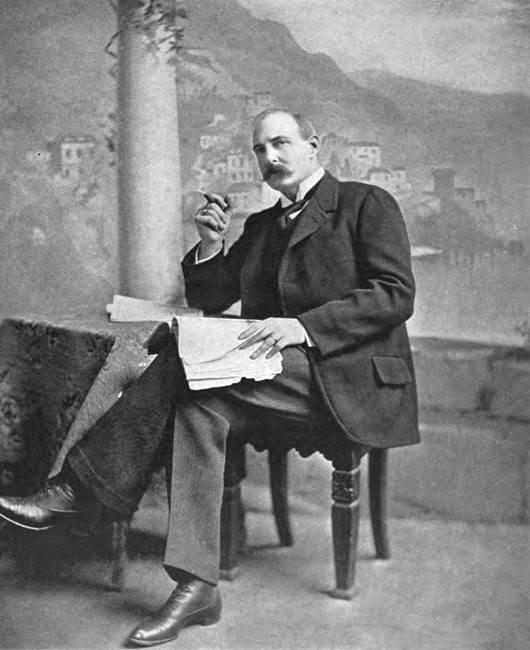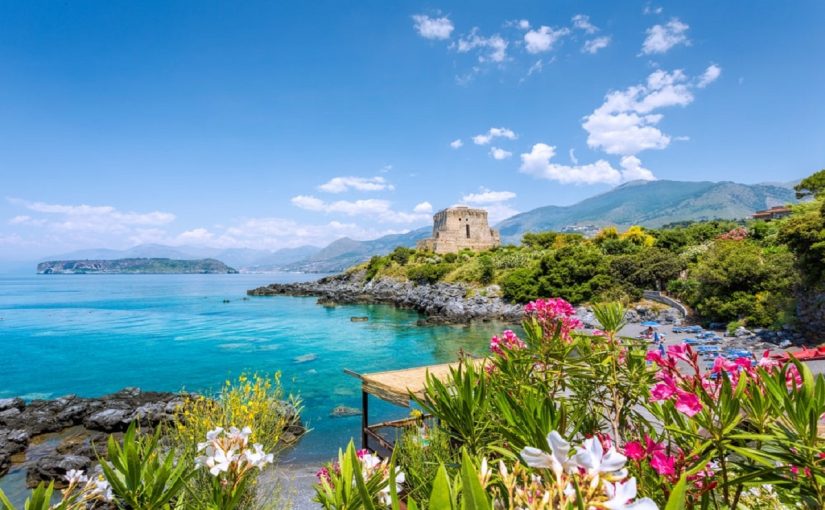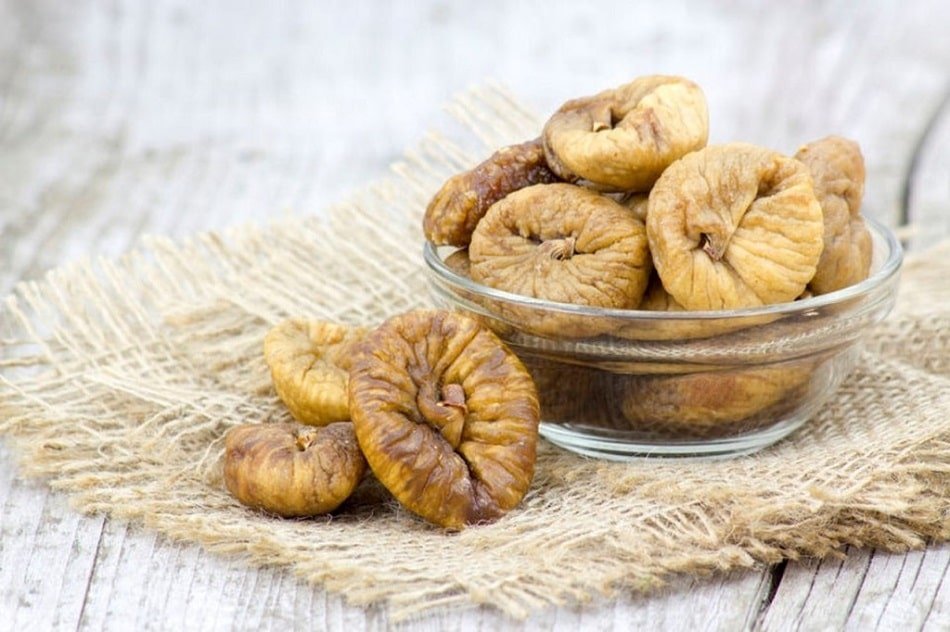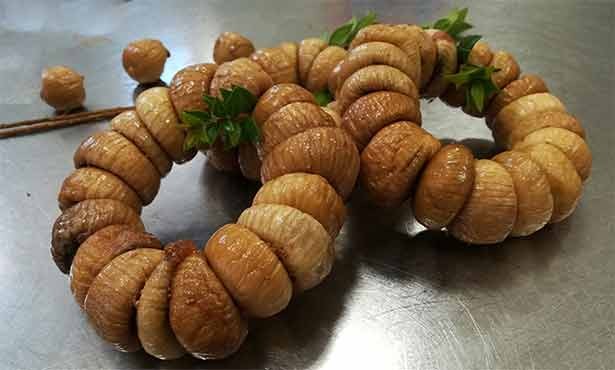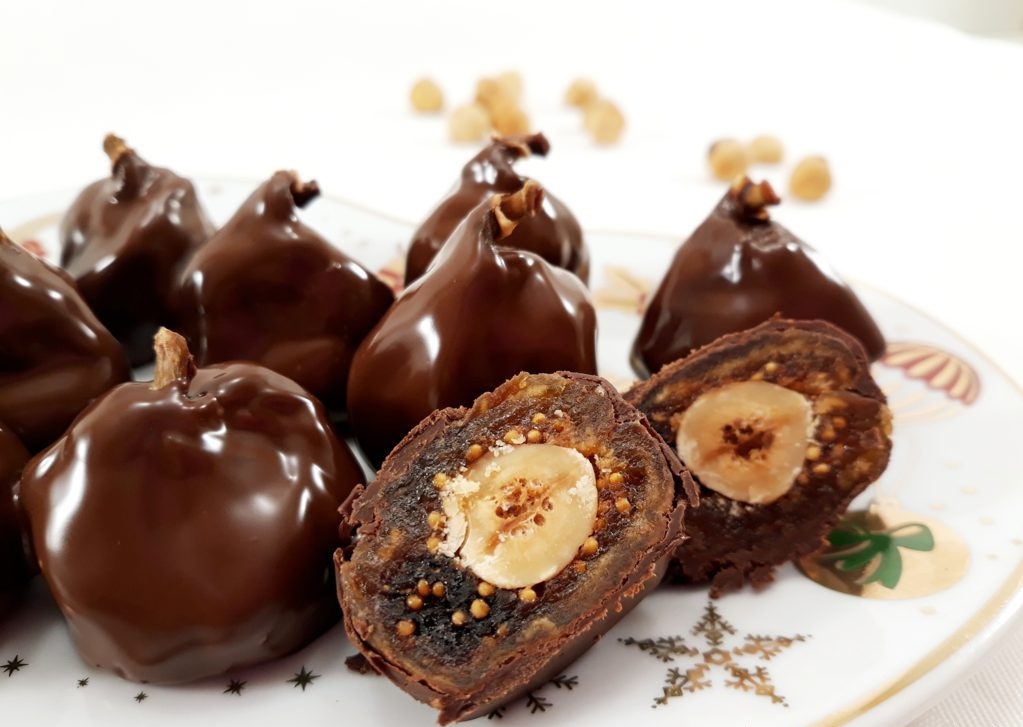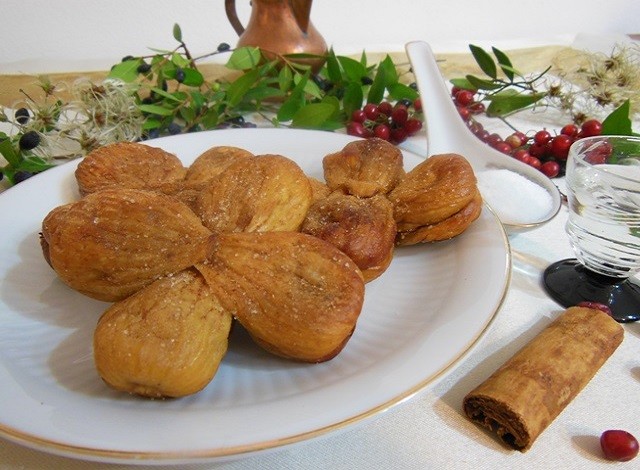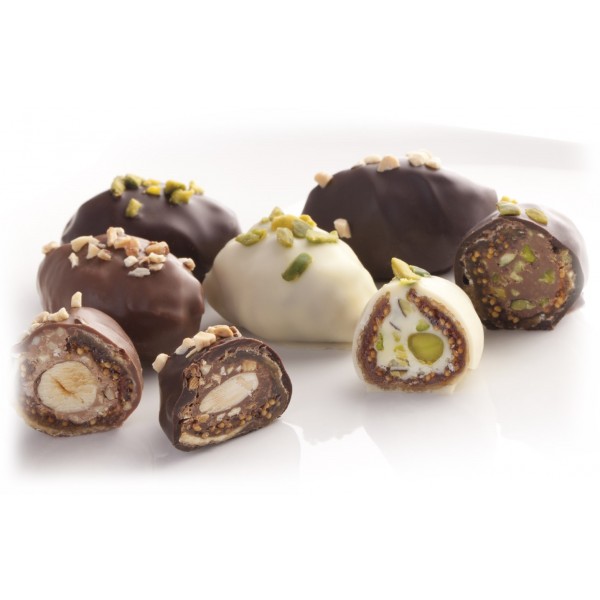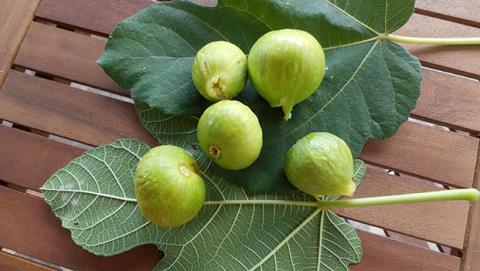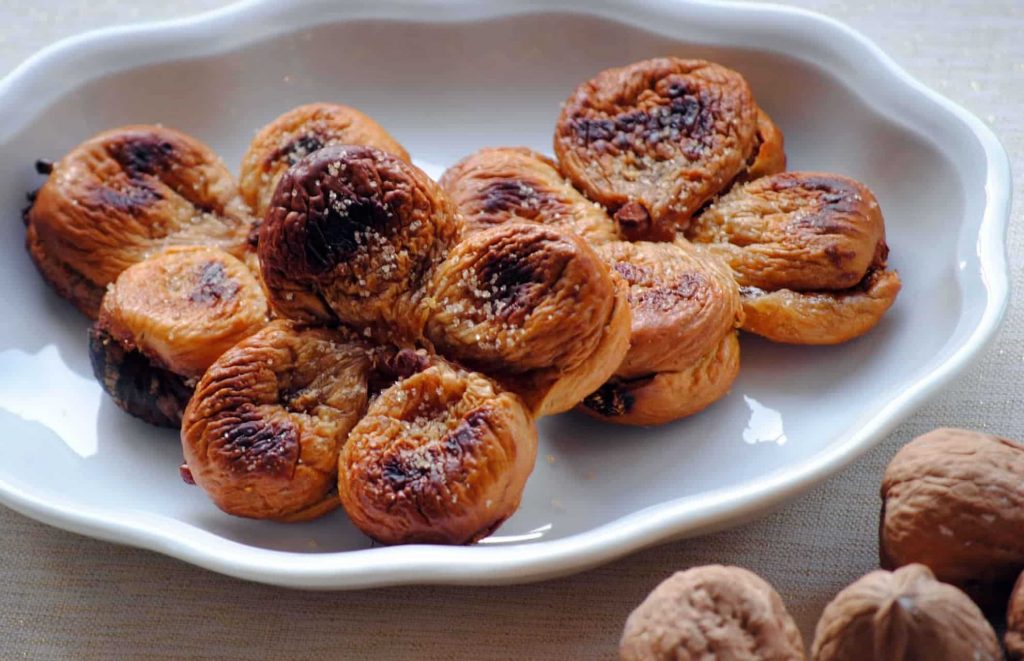2.10.2020
There is a beatiful Saracen tower in San Nicola Arcella, which represents the typical beautiful integration of nature and culture in the scenery of such wonderful Mediterranean place.
The tower was renamed Crawford for the literary stays of Francis Marion Crawford…and we solicit you to travel and see the beauty of this land, San Nicola Arcella, enjoying both the trip and the delicious food and beverage of Calabria…
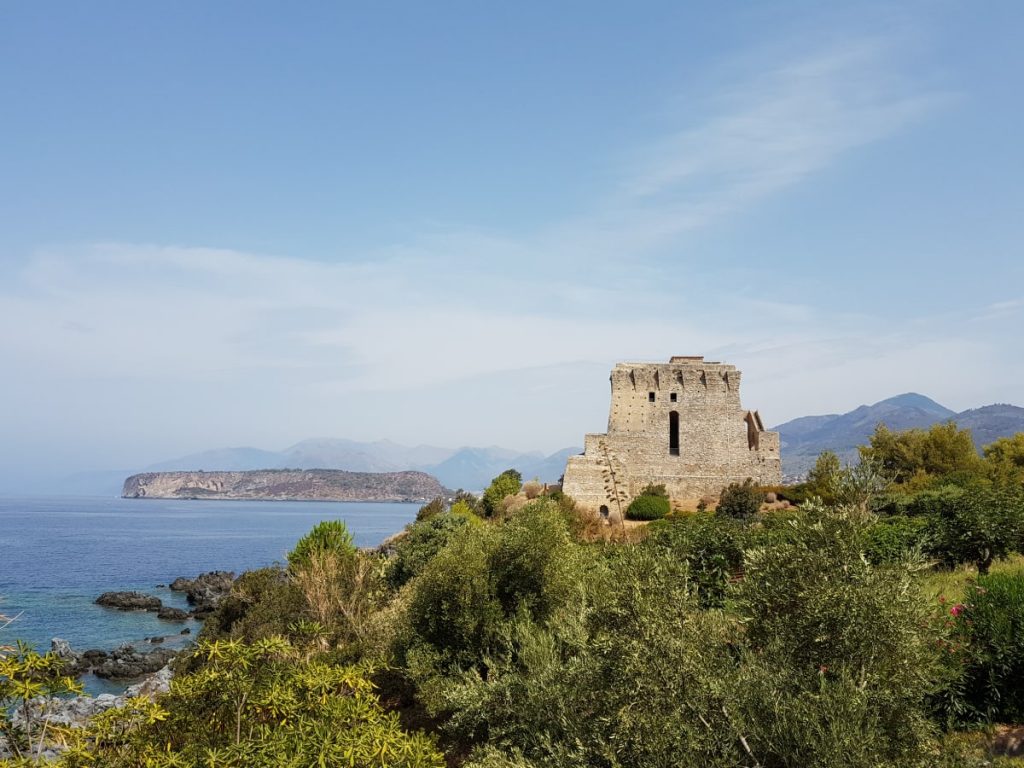
FRANCIS MARION CRAWFORD
American poet and writer, who for 25 years chose the tower as his “summer retreat“, Crawford was a distinguished gentleman. He could speak Calabrian very well and, nowadays, the periods spent by Crawford to San Nicola Arcella are being studied for a more precise reconstruction of his life and works.

Born in Bagni di Lucca in 1854, he moved to Sorrento from 1855 until 1909. Fervid and prolific mind has been rediscovered in recent years and re-evaluated with numerous conferences. Author of books of terror, he wrote several ones after his brilliant university career around the world. in fact, he came from a family of intellectuals and artists, was the son of the American sculptor Thomas Crawford and his mother, Louisa Cutler Ward, was the sister of the American poet Julia Ward Howe. We have also to mention that Crawford was a multifaceted author and connoisseur of 17 languages. He had had experiences in the United States and India, where he directed the newspaper “Allahabad Indian Herald” and had studied in US universities, in Cambridge and Concord, and then in Europe in Karlsruhe, Heidelberg and Rome.
His first novel is ‘Mr. Isaacs‘, a brilliant portrait of the life of an Englishman in India mixed with elements of mystery and romantic orientalism. The book was an immediate success! Then followed ‘Dr. Claudius‘ (1883). Also famous are the novels ‘Corleone‘ (1897), the first novel about the mafia and ‘The witch of Prague‘ (1901), an impressive Gothic. He wrote 45 novels in all, as well as numerous historical essays and plays. He loved Sorrento very much and stayed there to live.
His wonderful villa in Sorrento still exists.
This explains why he was deeply in love with Italy. After Sorrento He established his residence in Sant’Agnello and later in Calabria, in San Nicola Arcella, which he reached by sea with his American pilot boat “Alda“. In the 16th century lookout tower “San Nicola”, today called “Torre Crawford”, he lived for several years, drawing inspiration from this place for his conspicuous literary production, not exclusively linked to the “horror” genre for which he is known, especially for the short story “For the Blood is the life”, written and set in the tower.
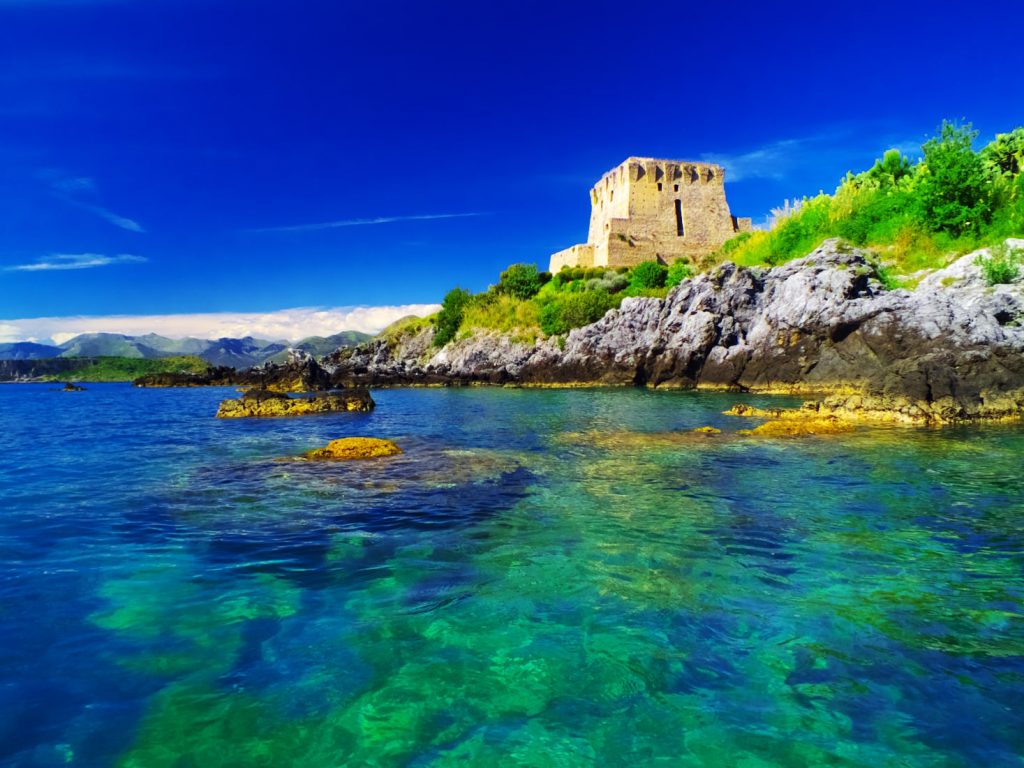
In any case, Crawford has been recognized in the Anglo-Saxon literary scene of his period among those writers of high rank, like William D. Howells, Henry James, Virginia Woolf, Rudyard Kipling. Among other things, on his most famous novels were based many films produced in the first half of the last century and interpreted by stars such as Clark Gable, Lillian Gish, Ronald Coleman.
THE SARACEN TOWER
…But let’s go back to the Tower of San Nicola Arcella. Built during the Spanish viceroyalty by Charles V to defend the coasts from Turkish attacks, it is located on a buttress to surveil and protect the bay.
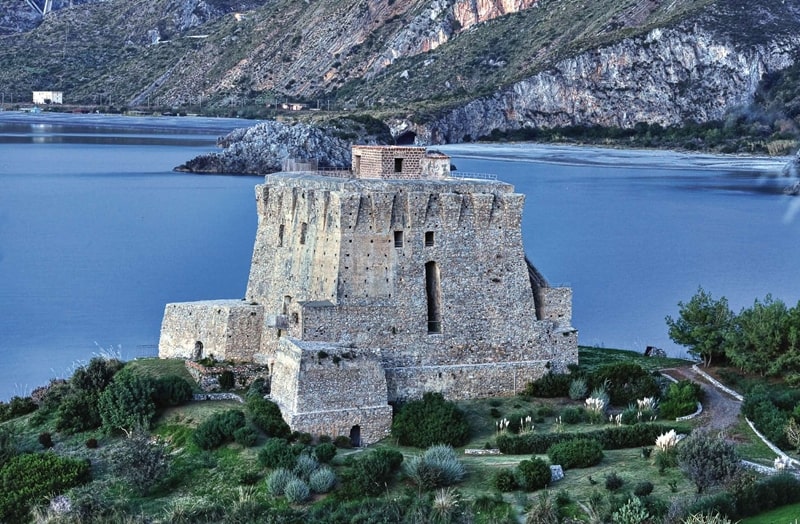
The high staircase leading to the first and second floors of the tower is one of the most important elements of the entire building. The stone blocks about 50 cm long and 20 cm wide are supported by two large superimposed arches. The first arch leads to the first floor, the second arch leads to the second floor.
Above the tower, the terrace was used to communicate and warn the other lookout towers about any incursion and this was done through large bonfires.
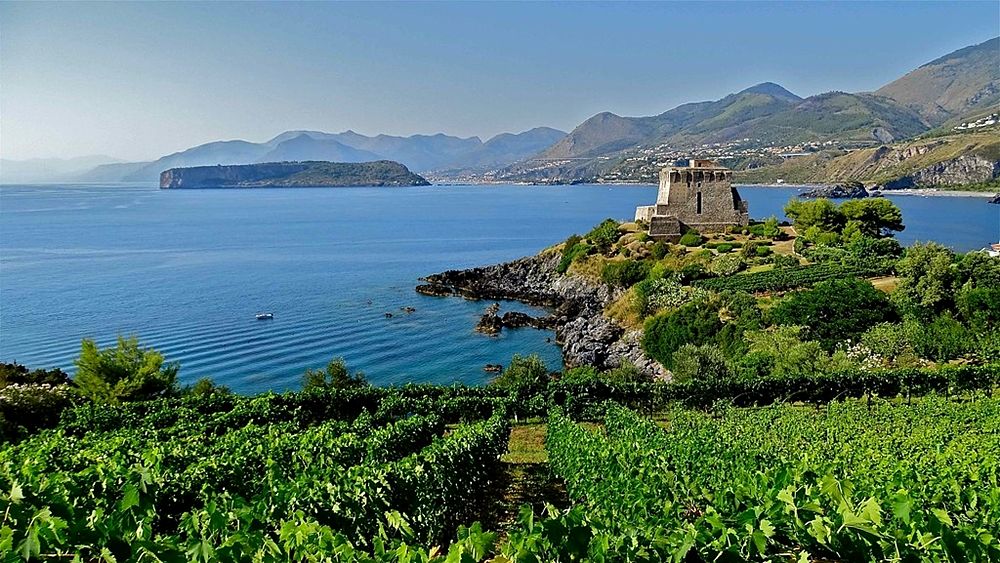
For 25 years, as mentioned, the American writer spent his holidays making splendid forays with his sailboat. It was for the sea that he fell in love with this strip of Calabria and how to blame him: this sea is crystal-clear and has wonderful beaches.
He adored the Saracen tower, therefore wrote: “The tower stands alone on this hooked spur of the rock, and there is not a house to be seen within three miles of it. When I go there I take a couple of sailors, one of whom is a fair cook, and when I am away it is in charge of a gnome-like little being who was once a miner and who attached himself to me long ago… ”
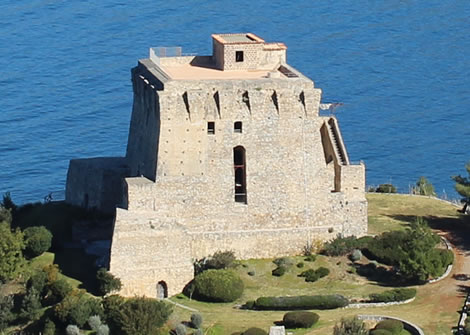
This is how the writer described the tower in the story ‘For the Blood is the life’. This was a vampire tale and was set in the tower of San Nicola Arcella!
Nowadays, the tower, after having changed several owners and risking becoming a nautical club and a restaurant, is owned by the Calia family of Naples, who have recently presented a project to transform it.
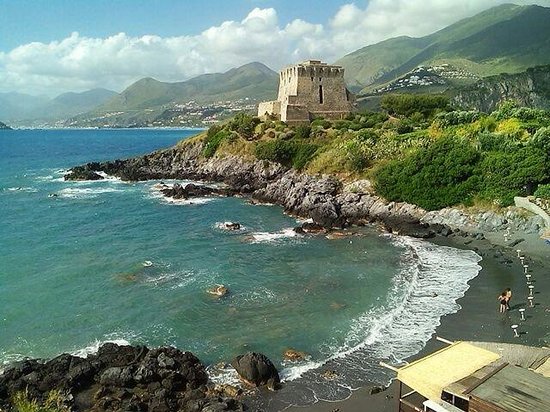
THE LOCAL MEMORY OF CRAWFORD IN S. NICOLA ARCELLA
Until a few decades ago there was still someone in the historic center of the town (which at the time was called Casaletto), who remembered a staid and aristocratic Anglo-Saxon gentleman who came to spend the summer there to devote himself to writing.
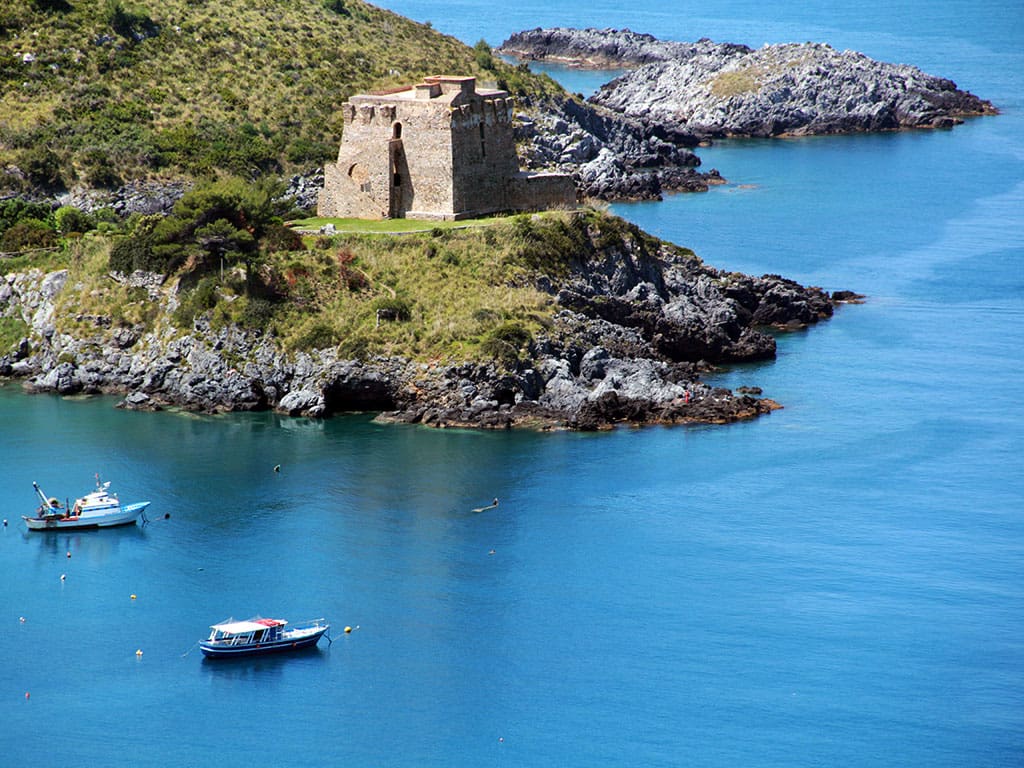
The novelist often returned to San Nicola, where he completed one of his latest novels ‘The diva’s ruby’ (1907), staying there in search of places and traces of the medieval past of this area, an ideal setting for his stories steeped in mystery.
This is why you should visit the Place more than once!
